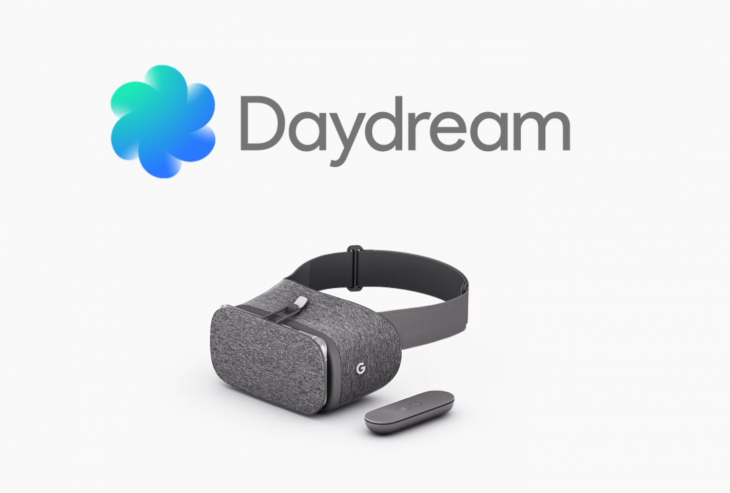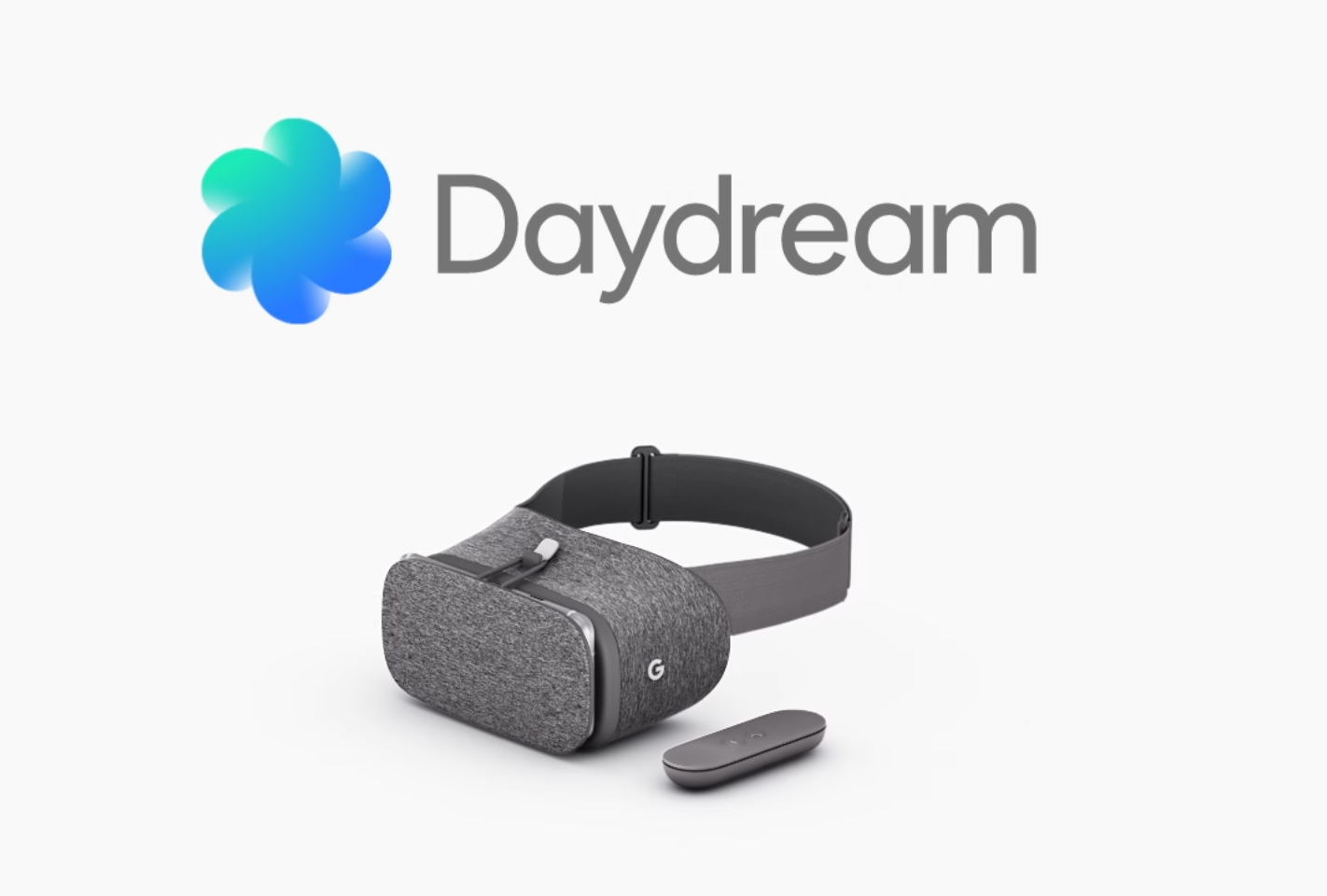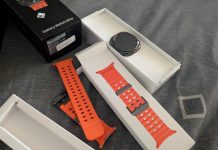
For those interested in Google’s latest nascent VR platform, Daydream, you may have been patiently waiting for the Daydream VR specs to come out. Today they have, and for the first time, we can get a good look at what the minimum requirements will be for Daydream to work on a device other than a Google Pixel.
This is a rather long list, and we’re not going to cover it in its entirety, however, we will list the highlight features.
- Enable a “VR Mode” that disables monocular (ie normal) notifications and System UI components and handles stereoscopic rendering of notifications
- Minimum of 2 physical cores with at least 1 dedicated to the ‘foreground’ VR application
- Support for OpenGL ES3.2
- Support for Vulkan Hardware Level 0, preferably level 1
- GPU output of Vr rendering at 60 fps
- Support H.264 decoding at least 3840×2160@30fps-40Mbps
- Be capable of decoding 1920×1080@30fps-10Mbps preferably be capable to decode 3840×2160@30fps-20Mbps
- Meet the gyroscope, accelerometer, and magnetometer related requirements
- Support hardware temperature monitoring and return accurate values for skin temperature
- Resolution of at least FullHD(1080p) and strongly recommended to be QuadHD (1440p) or higher
- Display size of between 4.7″ and 6″ diagonal
- Display update of at least 60MHz whilst in VR mode
- The display latency on Gray-to-Gray, White-to-Black, and Black-to-White switching time MUST be ≤ 3 ms
- The display MUST support a low-persistence mode with ≤5 ms persistence,persistence being defined as the amount of time for which a pixel is emitting light
- Support Bluetooth 4.2 and Bluetooth LE Data Length Extension
If you’re a consumer there’s a lot in even this pared-down list that may not make a whole lot of sense, here is the big picture, a Day Deram capable device will be 4.7 – 6.0″ in diagonal size, have a minimum screen resolution of FHD but preferable QHD or higher. It will support video playback at FHD @ 60 frames per second at a minimum and will have both all of the required input sensors and a low latency screen designed to reduce the likelihood of nausea.
From a component perspective that will mean that the device will have an AMOLED display (as currently, they are the only displays that can achieve the <5ms latency) and most likely the Snapdragon 821. In our discussions with Google engineers in San Francisco, they made it clear that there was no specific ‘minimum chip’ that would work with Daydream. However, an OEM would need to ensure that any processor used were tuned for the hardware to achieve the minimum specifications, as laid out above.
Practically that may well mean that only devices with the Snapdragon 821 will run Daydream for now, but according to our understanding, that doesn’t preclude an OEM from tuning a Snapdragon 820 for instance, to work with the platform. It will be interesting to see if the ZTE Axon 7 will work with the Daydream platform.
If you want to get into the nitty gritty of the specs follow the link below.





Wonder how long it’ll be until it’s hacked to work on the Nexus 5. Would love to see 3fps VR 😉
The question is if google try to stop people using devices which don’t reach the spec.
… and how long before the chinese copies for $10 make their appearance.
Oh and I highly doubt the 60Mhz refresh rate.
Really hope the current Top tear phones don’t miss out on this. Yes they all have 820s but unless Google keeps supporting cardboard it’s a bit f#__#ed to bring out a new standard that pretty much no phones can use…. Besides Google’s own